These days, all you need is a phone and a YouTube, Instagram or TikTok account to reach a huge audience. But if you want your video to have that professional look, you'll need one extra gadget: a gimbal.
Sure, some phones have amazing cameras which already offer OIS, AIS, EIS and other acronyms but they can only stabilise shaky footage so much. What a gimbal does is to help isolate your phone - and therefore its cameras - from your shaky hands.
It's particularly effective if you're moving the phone around, or walking or running with it and although no phone gimbal will give you Steadicam-like smoothness, you'll be surprised at the results you can get even if you're spending less than £100 / $100 on a gimbal.
Most gimbals stabilise on three axes, often referred to as pitch, roll and yaw. Or in photography terms, tilt, roll and pan. This is the same type of gimbal used on many drones, albeit scaled up to handle the weight of your heavy iPhone 13 Pro Max, and it means your viewers are less likely to feel nauseous while watching compared to simply holding your phone in your hands.
There are lot of gimbals available, but it’s important to also consider the companion app as well as the hardware if you want to use some of the more creative modes and shoot motion timelapses. Of course, the ergonomics of the gimbal are also important such as being able to comfortably use all its buttons and controls. Don't overlook battery life, either.
Most gimbals use Bluetooth to communicate with your phone and while some buttons might work in your phone’s stock camera app, others will only work if you use the companion camera app.
Being forced to use a sub-standard app can ruin the experience, which is why it’s a good idea to read reviews such as those below before making your choice.
The good news is that prices have dropped significantly since phone gimbals first appeared a few years back, so even if your budget is small, you should be able to buy a good one.
Which phone gimbal is best?
Unsurprisingly, the list below features many DJI Osmo Mobile models, as well as some from Zhiyun. These are the big names when it comes to gimbals, and they also offer good apps to go with the hardware.
While they can all be good choices, your budget and requirements will dictate which is best for you. Do you need a telescopic 'selfie' stick built in? Do you want a magnetic mount that allows the phone to be quickly attached and removed from the gimbal?
Discounts and seasonal sales can affect your choice, too, as they can bring models previously out of your budget into reach: you'll find the latest prices below, too.
1. DJI OM 4 SE
- Fairly compact
- Now very affordable
Cons
- No telescopic pole
$119
The OM4 is considerably more portable than its predecessor, Osmo Mobile 3, but it isn't as compact as the newer OM5.
DJI discontinued OM4, but replaced it with the identical - but cheaper - OM4 SE.
The only differences between the two models are that the SE doesn't include the magnetic ring mount (which it appears no-one wanted in the first place) and the magnetic phone holder is marginally heavier than the one supplied with the OM 4.
The OM5 might be smaller and lighter still, and have a built-in telescopic pole, but the OM 4 still holds a few advantages including longer battery life and a USB port for charging your phone.
As with DJI's other gimbals here, the OM 4 makes it simple to shoot smooth video, and the app is brilliant. It also comes with a tabletop tripod so you can use it hands-free and - thanks to Active Track 3.0, it'll keep you or your subject in the frame when you move around.
While it was on sale, the OM 4 cost virtually the same as the OM 5, but the SE version is much cheaper, and this cements its position as our top pick for a phone gimbal in 2022.
Read our full review of the DJI OM 4
2. DJI OM 5
- Very portable
- telescopic 'selfie' stick
Cons
- No USB port to charge phone
- Shorter battery life than OM 4
$159
The OM 5 is one of the smallest, lightest gimbals we've seen, and that will make it the most attractive option here for a lot of people.
But while it may be your number one, we couldn't rank it above the Osmo Mobile 4 SE for a couple of reasons. First, it's much more expensive, but also has shorter battery life (it's still fine for most people) and lacks a USB port to charge your phone (again, not a dealbreaker for everyone).
As a bonus, it also has a built-in selfie stick, but while there's an optional magnetic clamp with built-in fill lights, they can't rotate to face your subject, and it's surprisingly expensive.
There's no Combo pack available, but there is a basic soft carry bag included in the box along with the usual tripod.
If the price is no barrier, then this is a fine gimbal. But given the OM 4 SE is so much cheaper, it's harder to recommend the OM 5 over it.
Read our full DJI Osmo Mobile 5 review
3. Zhiyun Smooth Q3
- Built-in LED fill light
- Decent price
Cons
- Inferior app
- No selfie stick
$89.99
The Smooth Q3 is an unashamed DJI clone, even down to the design of the removable warning stickers.
Yet it also has one feature that DJI's stabilisers lacked - until the OM 5 was launched, that is. It's the LED fill light which is handy for illuminating your face, or your subject, in unfavourable lighting conditions.
It's warm white and you can't change that, but you can choose from three different brightness levels, and it rotates, unlike DJI's, which can only face you.
It's a decent gimbal overall, offering 3-axis stabilisation, good battery life and all at a sensible price. The only niggle is the ZY Cami app, which simply isn't as good as DJI's Mimo. But you can use your phone's stock camera app if you just want to use basic video modes.
Though we haven't reviewed it, the 2-axis Smooth X has a built in selfie stick but costs less than the Zhiyun Smooth Q3.
Read our full Zhiyun Smooth Q3 review
4. Joby Smart Stabilizer
- Built-in selfie stick
- Affordable
Cons
- Not the most user friendly
$99.99
Joby's Stabiliser isn’t as user friendly as DJI’s OM 4. You’ll be referring to the manual a lot to get to grips with how the various modes and functions work. But if you shoot videos of yourself for TikTok, Instagram, YouTube and other platforms, the Joby Smart Stabilizer does a good job at a good price.
The stand-out feature is the built-in telescopic 'selfie stick' that allows you to be further from the phone, so is useful if your phone lacks a wide-angle front-facing camera, as many do.
Read our full Joby Smart Stabilizer review
5. Zhiyun Crane M2S
- Can stabilise various devices
- Good battery life
Cons
- Balancing is fiddly
- Swapping devices isn't seamless
$269
While it may not be quite as versatile as the marketing suggests, the Crane M2S can stabilise compact system cameras, as well as phones and GoPros (or other action cameras).
Unfortunately, even with the upgraded Quick Release 4 system, swapping cameras still isn't seamless. But if you want to carry around one stabiliser to cover multiple devices, the Crane M2S is one of the best options.
Compared to the older M2, the Crane M2S has a useful 1000-lumen fill light, supports faster charging (in only 100 minutes from empty) and offers up to 10 hours of battery life.
We found, when using a Pixel 6 to test it, the M2S required us to rebalance the phone when switching from landscape to portrait shooting, which was a pain. The ZY Play app isn't as slick as DJI's, and do make sure any mirrorless camera is compatible before you commit.


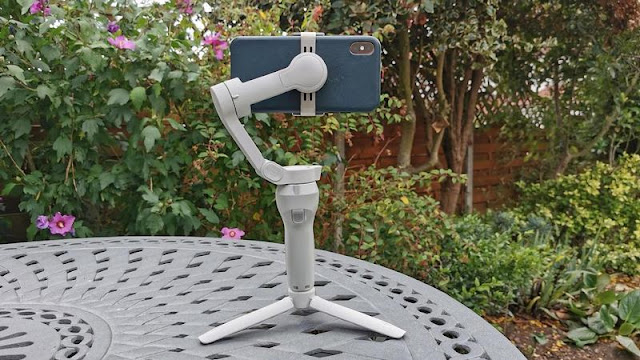





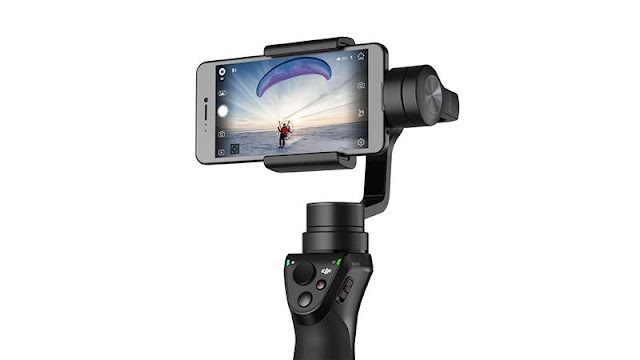
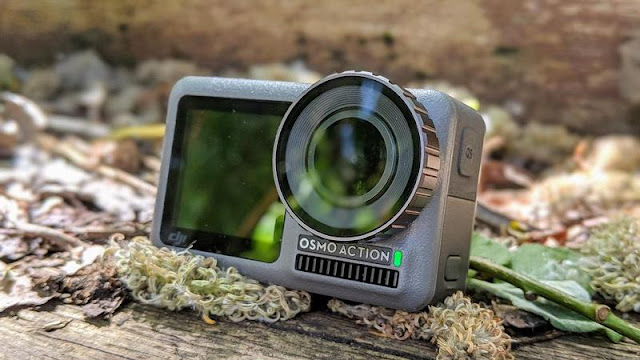

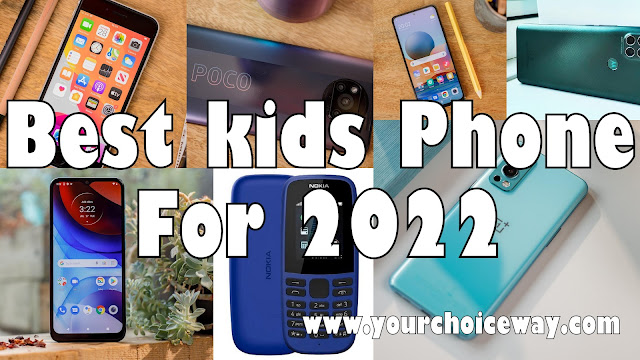


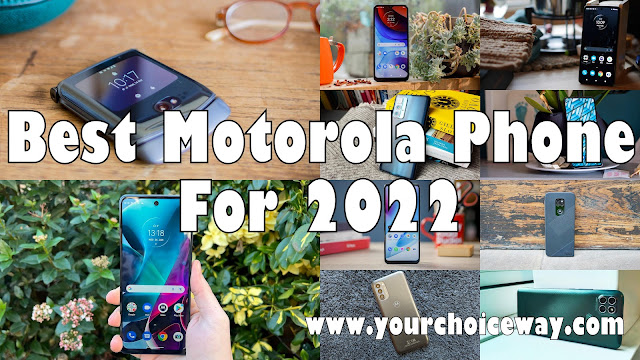

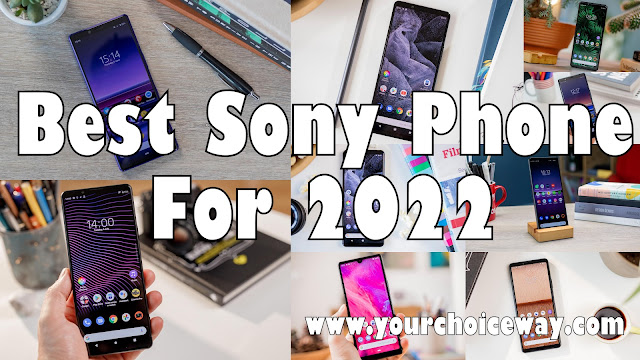



0 comments:
Post a Comment